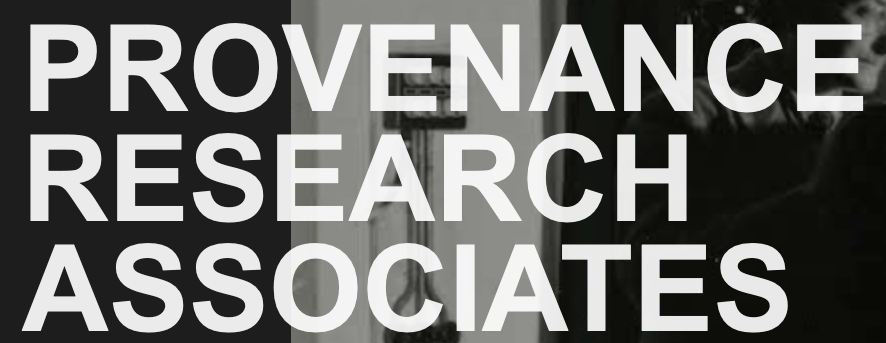Colloque Marchandes d’art (XIXe-XXe siècles)
Musée des Arts Décoratifs, Paris, FRANCE 13-15 November 2019 Les femmes ont occupé une place majeure dans la modernisation du métier de marchand d’art, progressivement remplacé par celui de galeriste. Laboratoires des avant-gardes, les enseignes dirigées par des femmes œuvrèrent à la découverte d’artistes notoires, soutinrent des mouvements dès leur émergence, contribuèrent à la diffusion
Continue reading ...